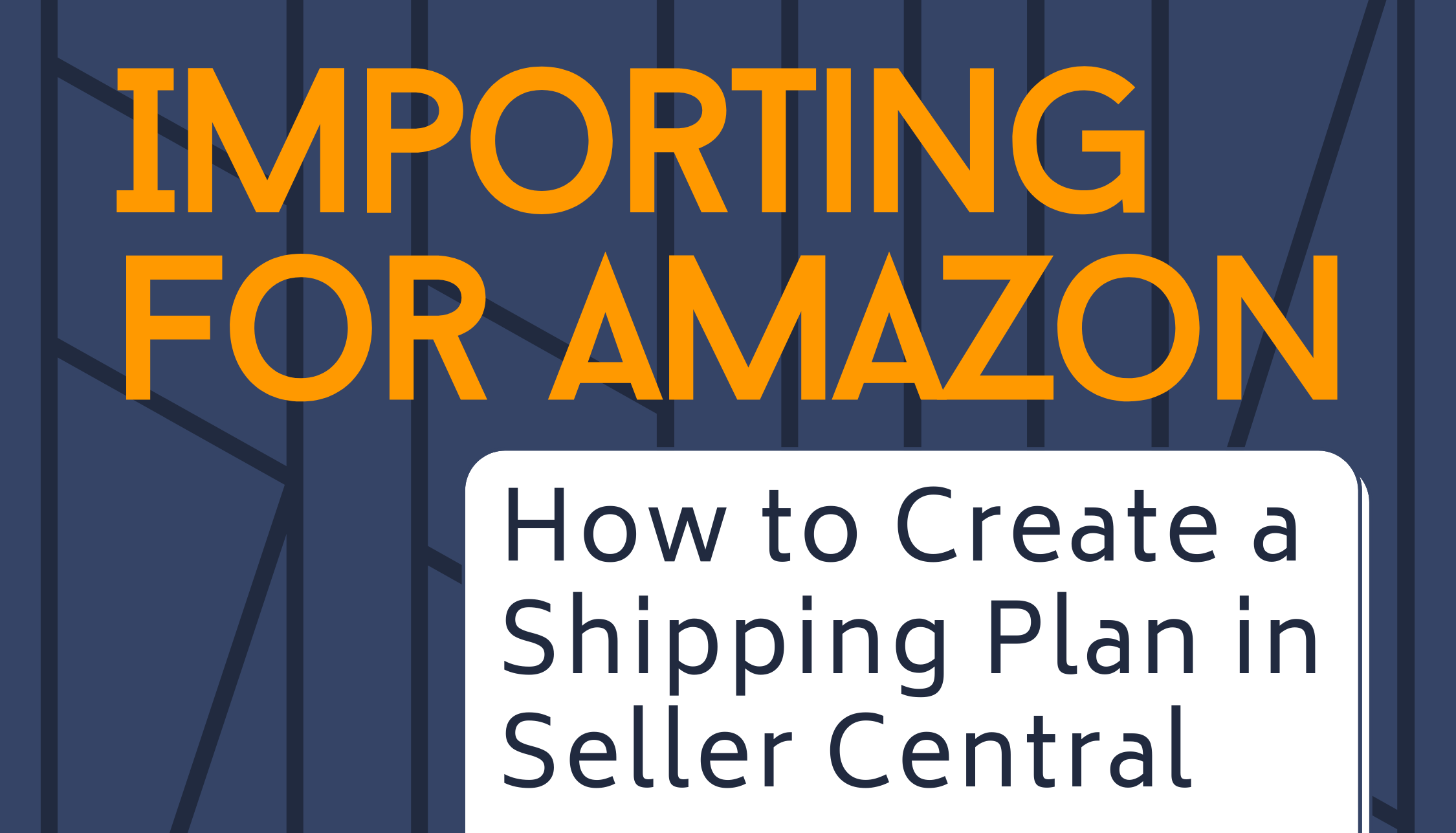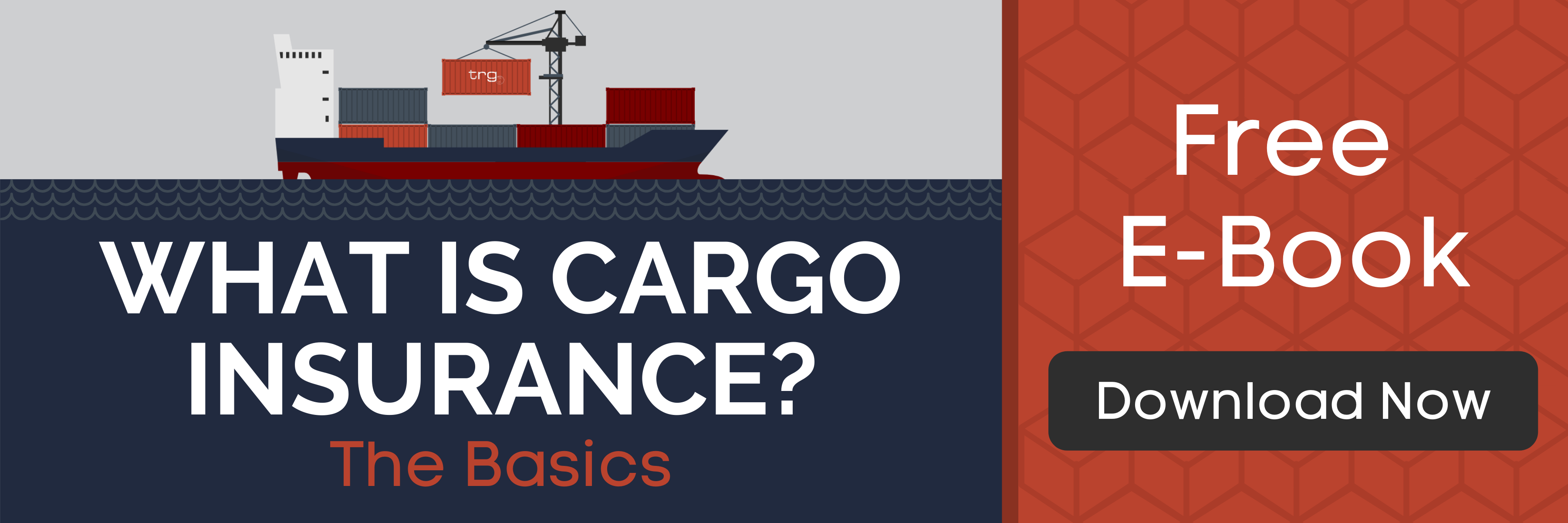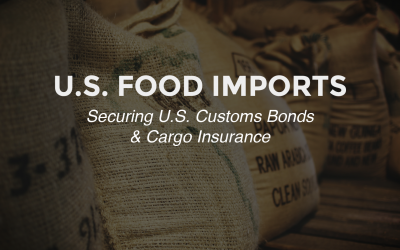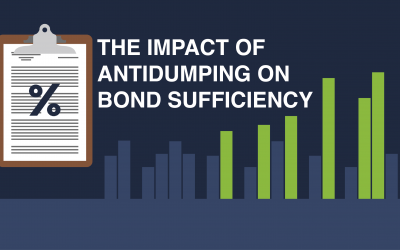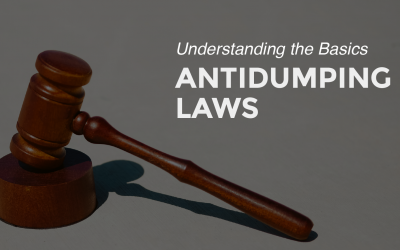Shippers that are learning to sell imported goods using Fulfillment By Amazon will need to learn how to create a shipping plan using Seller Central.
Those new to shipping for Amazon will need to become familiar with Seller Central. Using the ‘Manage Inventory’ screen, FBA shippers must provide Amazon with specific information about their shipment. The steps for providing this information to Amazon are:
1. Name the shipment.
Give the shipment a name that is easy to identify and track. This name can be whatever makes sense for the FBA seller.
2. Enter the address being shipped from.
This address must be the location from which the shipment will be retrieved for final delivery to an Amazon fulfillment center. Whether a seller is importing FBA products or selling domestically made products, it is essential to note that this address is not the supplier or manufacturer’s address.
The address that should be input is the final destination that the product will land before being sent to Amazon. This ensures that the shipment is routed to the closest Amazon warehouse. FBA sellers should ensure the address is precise and confirmed by their supplier or freight forwarder.
3. Specify the packing type.
Once Sellers are certain packaging requirements are met, they will select either individual products (usually for large products) or case-packed products.
4. Specify the units per case and the number of cases.
Sellers can easily ask for this information from their supplier. This can be confirmed with each shipment plan in case there are any changes to this amount.
5. Determine who is prepping the packages.
FBA sellers must notify Amazon if they are handling the bagging or bubble wrapping of each product or if your supplier will be handling packaging as such. If the supplier is handling this, the seller should select ‘Merchant.’
Typically this is more affordable to have your supplier handle, and you can write it into your manufacturer agreement and cost per unit.
6. Determine who is labeling the packages.
Before choosing who will be labeling their packages, FBA sellers should understand the labeling requirements necessary for utilizing Fulfillment By Amazon.
Sellers need to determine if Amazon or the supplier will apply the FNSKU barcode to each product. If the supplier is doing so, the seller should select ‘Merchant.’ If the seller chooses for the supplier to label the products, the seller can print and save the PDF of the label to send to their supplier.
7. Create and approve the shipment.
It is important to note that FBA sellers are obligated to follow through on their shipments. Failing to do so may result in the suspension of the seller’s rights to deliver goods to Amazon and possibly suspension of their Amazon account. Be sure to triple-check any information before hitting approve.
Selling for Amazon can be challenging to get started. Once a seller understands the basics of using Fulfillment by Amazon, the shipping process will become a little easier each time.

